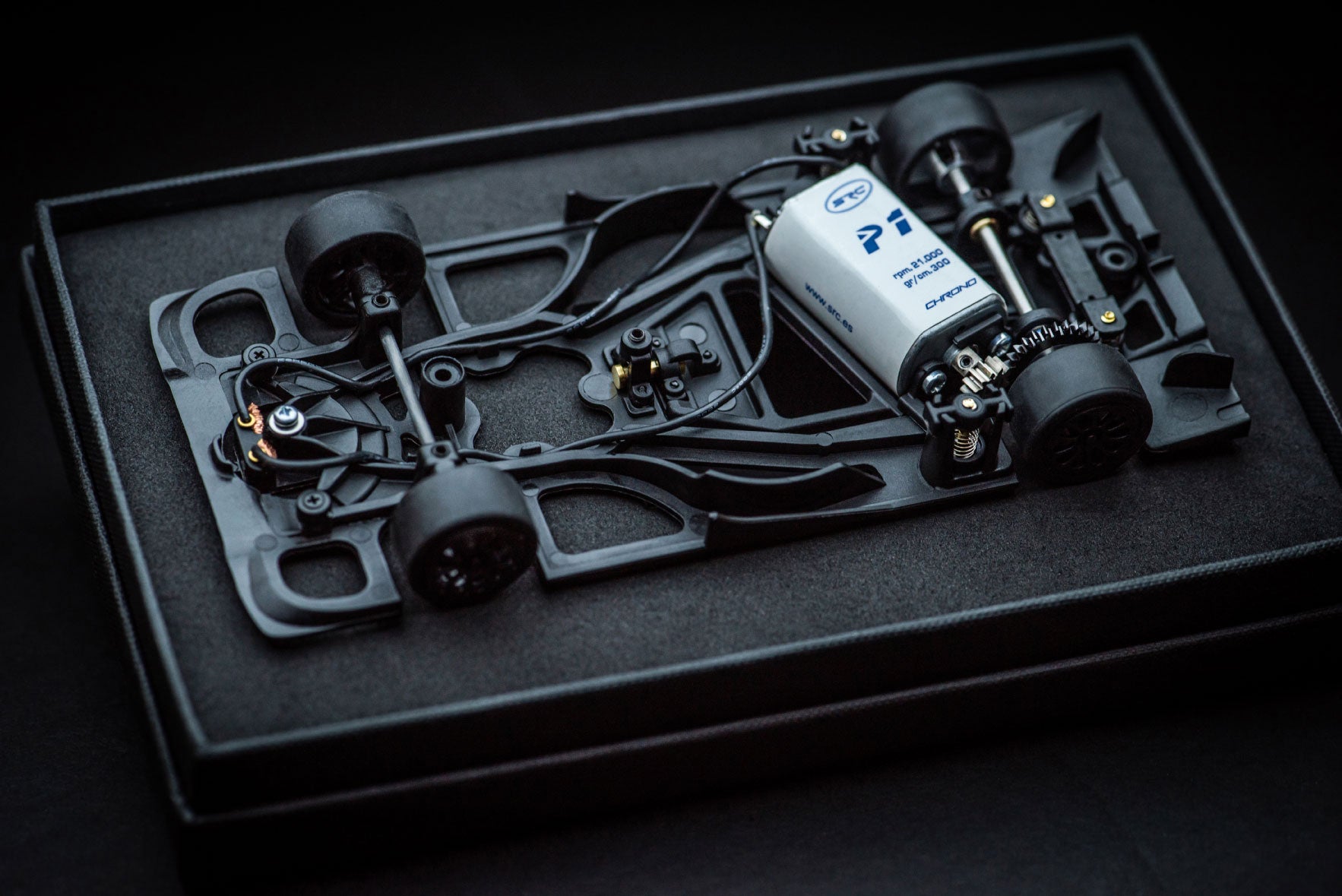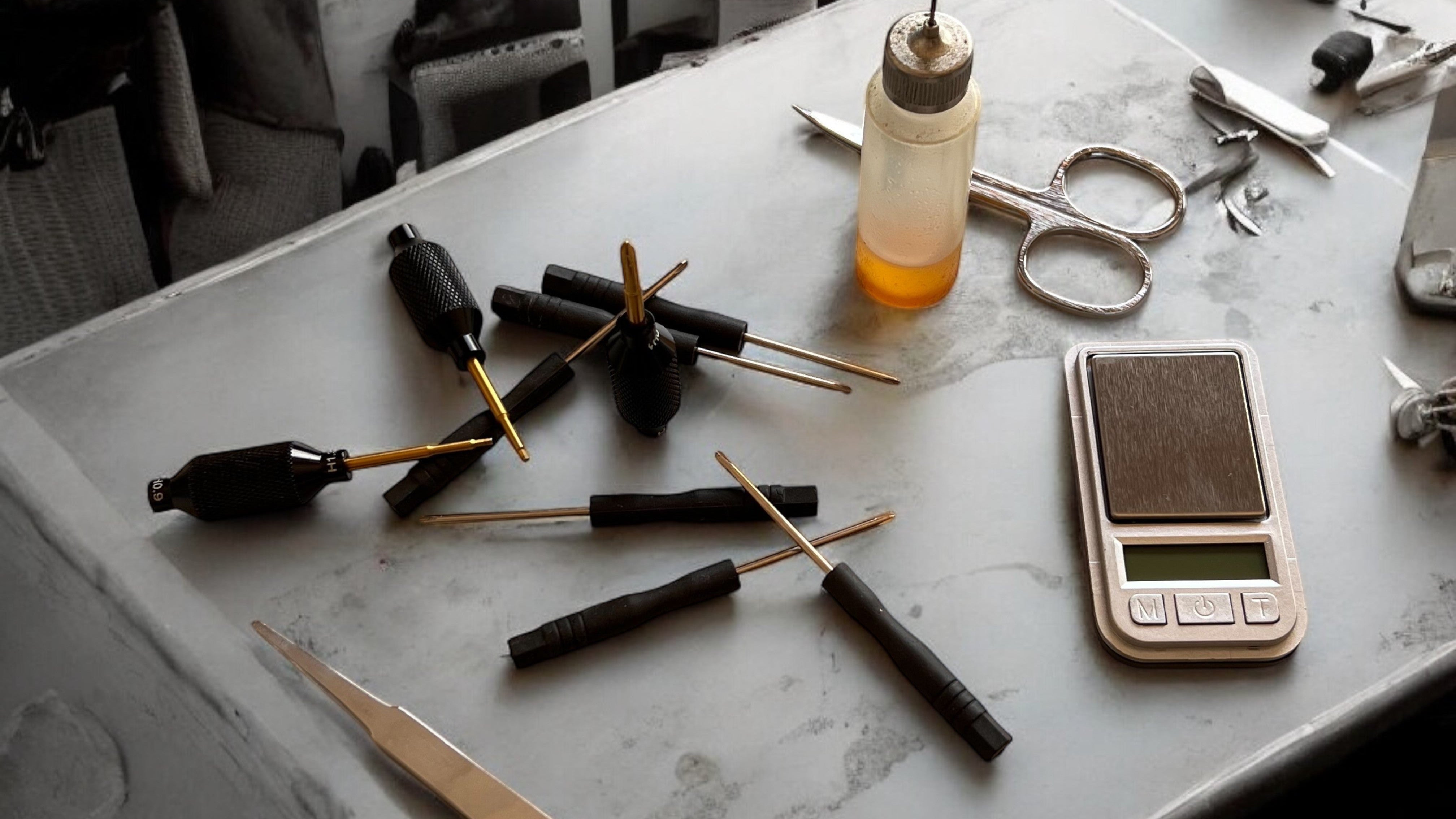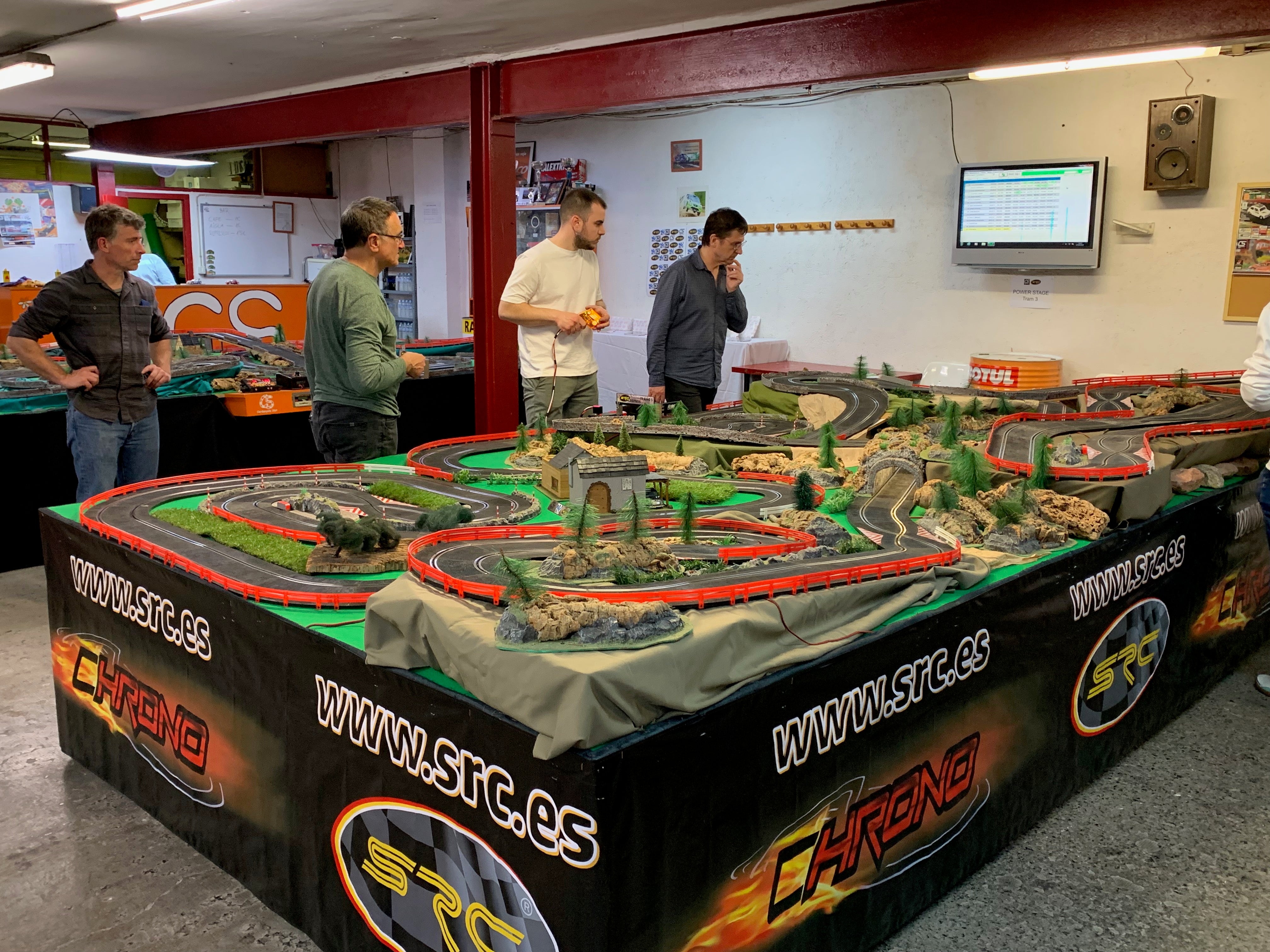The Nürburgring 24 Hours is one of the most important endurance races in the world. If it is already a creditable achievement to win a sprint race in the Green Hell, winning a race of this length can be the stuff of legend. A whole day fighting, not only against other cars, but against the race itself and the difficulty for the mechanics to withstand so much competition without stopping. And against the circuit, which is also a challenge. But years ago, twenty-four hours didn't seem long enough for a few people.
In 1965, a group of speed enthusiasts organised the longest race in history, as it was advertised, at the Nürburgring. Taking the reins of the old Liège-Rome-Liège rally race, they decided to bring its spirit to the German track, where the most powerful machines from the most prestigious manufacturers would compete for almost three and a half days, totalling eighty-two hours in all.

Marathon de la Route, as the race was called, was held from 1965 to 1971. Little by little, the duration of the race increased, reaching the ninety-six hours that the last edition lasted. Four days on the circuit with the worst reputation, in terms of danger, in the world. If in the first year the winner of the race did a total of 310 laps in 82 hours, in the final edition the winning car did 487 laps of the German track, albeit for 14 hours more.
If it was already a challenge to compete in the Green Hell, to do it for so many hours, and in the rain, had no name.
Quiddelbacher, Flugplatz, Aremberg, Adenauer, Bergwerk, Karussell, Brünchenn or Schwalbenschwanz are some of the names of the corners that drivers of the stature of Jacky Ickx, Vic Elford, Jochen Neerpasch, Lucien Bianchi, Hans Herrmann, Sandro Munari, Stirling Moss or Helmut Marko drove for so many laps in a row. Even the former Ferrari boss Luca di Montezemolo dared to take part. It was also here that Juan Manuel Fangio achieved a great feat in his racing career.

The race had become so prestigious that the marques entered their cars under the official auspices of the factories. This was the case of Porsche, which approached the 1970 race with the full support of the racing team that had led them to glory at Le Mans a couple of months earlier. They achieved an absolute hat-trick with the 914s, the greatest dominance by any manufacturer in the short history of the race, held this time for 86 hours.
1971 marked the last year that saw such a challenge put mechanics and drivers to the test. The organisers extended the length to 96 hours. Only 16 cars reached the finish line, in an edition marked by a drop in the number of participants and a poor following. The factories turned their backs on the event and the media attraction of racing for four days was not enough to save the race for another year.
The legendary days of the Spa-Sofia-Liege rally are gone, so the current Route Marathon is decided after 3.5 days of hard work around the Nürburgring, but there was only one way to win: build a car with a lot of stamina and equip it with drivers who have the same characteristic, plus a good dose of ingenuity. Today's drivers don't need to be as tough, but they do need to be able to accept the discipline, as the aim of the event is to achieve a higher average speed without delays due to accidents or repairs.

Consistent lap times are important because there is a clause insisting that cars must complete at least the same number of laps during the last 12 hours as in the initial 12 hours. Automatic disqualification is the penalty for not complying with this request; exclusion is also invoked for stopping in the pits for more than 15 minutes. Drivers who are also good mechanics can save their team by working in an area opposite the pits, provided they can complete a lap in less than 24m (30m for the first four hours), starting when they begin work on the car. The fastest lap times are just under 13 minutes, so any major work is out.

Except for an allocation of minutes for driver changes and tyre checks, every minute in the pits costs one lap of the total, and the total number of laps of the 'Ring is what counts now that the traditional races from Liège and Chaudefontaine count for nothing.

Three Porsche 914/6s are on the front row. The most dangerous circuit in the world stretched out in front of them on a night in August 1970. At 1.00 a.m., the Route Marathon begins, an 86-hour battle against fatigue, driving errors and technical faults. A lap of the northern and southern sections is 28.29 kilometres long. 50 bends, potholes and barely assured limits. The Marathon takes over from Europe's toughest rally, the Liège-Rome-Liège. Its longest route was a gruelling 5,000 kilometres in 1956. At the Nürburgring in 1970, teams of three drivers each will face twice as many kilometres.
Porsche wants to demonstrate the sporty spirit of the 914/6 in this martyrdom in the Eifel massif. Extreme marketing for the mid-engined sports car, which is offered together with Volkswagen. The three official cars each have 160 hp, lightweight components, self-locking differentials, extra-large tanks, reinforced brakes, chassis upgrades and racing lighting systems. The team has logged countless kilometres of testing, days and nights of driving in Weissach. Each of the nine drivers is trained to carry out repairs on the open track. They complete the hours of gruelling missions with the utmost precision, adhere to the engine speed limits and gradually increase the speed. With a time of 12:38 minutes, the car with start number 3 of Åke Andersson, Guy Chasseuil and Björn Waldegård records the fastest lap for an official 914/6.

The number of retirements multiplies, and only 24 cars manage to finish out of the 64 that started the race. Porsche successfully passes the test: triple victory after more than half a week at the wheel. The car with the number 1 of Claude Haldi, Gérard Larrousse and Helmut Marko wins after covering a total distance of 10,184 kilometres, or 360 laps, ahead of the team-mates with the fastest lap. Claude Ballot-Léna, Nicolas Koob and Günter Steckkönig complete the triumvirate. With this heroic performance, the nine drivers prove that the 914/6 is a true Porsche not only because of its speed but also because of its enormous reliability. Maintenance protocol: one tyre change per car, two defective fuses and a defective rear bulb, two detached window handles.

Final classification: the factory 914/6s finish in the order Larrousse / Haldi / Marko, Waldegard / Andersson / Chasseuil and Ballot-Lena / Steckonnig / Koob.
This route marathon was for the last time over the entire 28.290 km north and south loop course.





